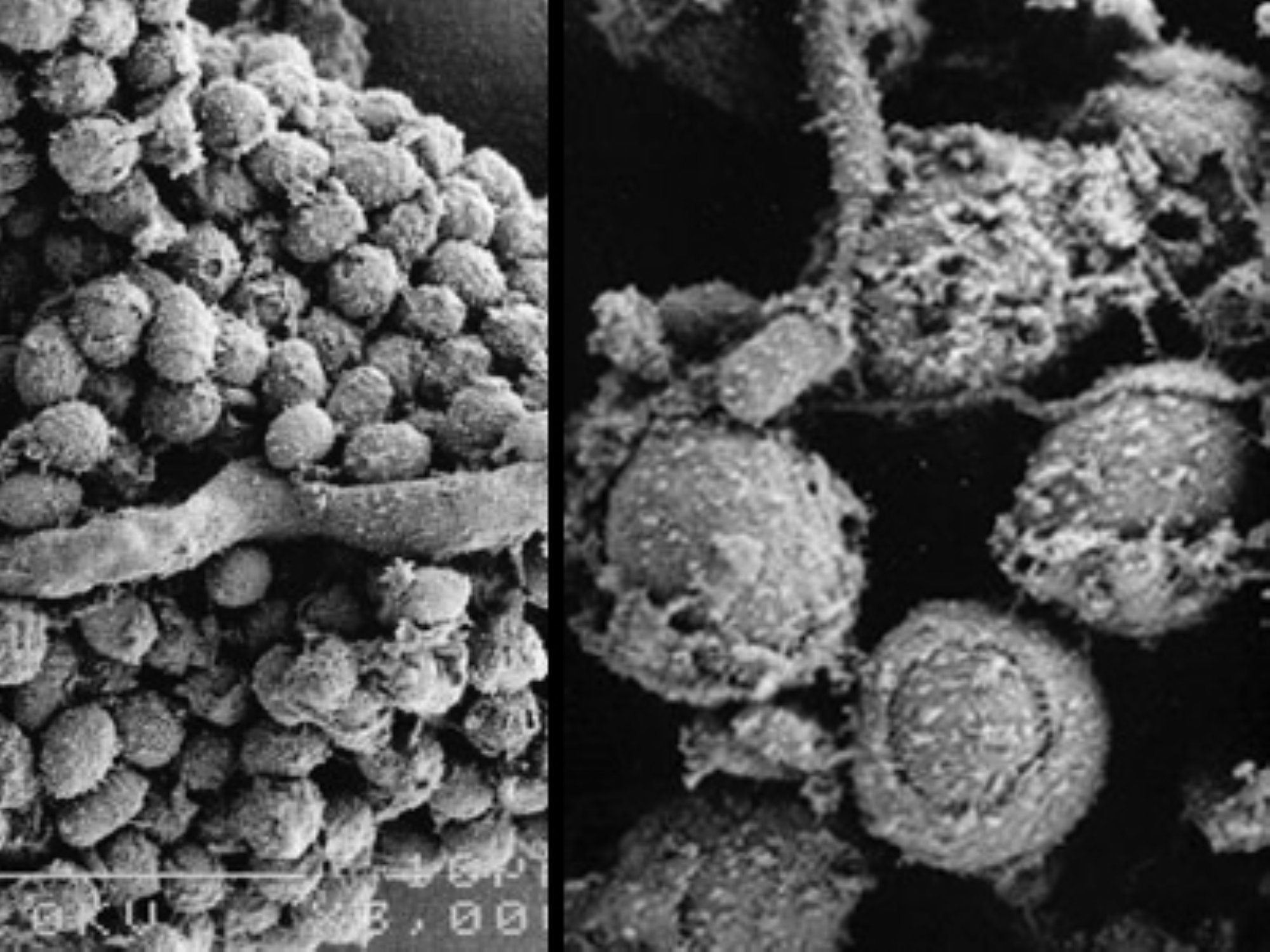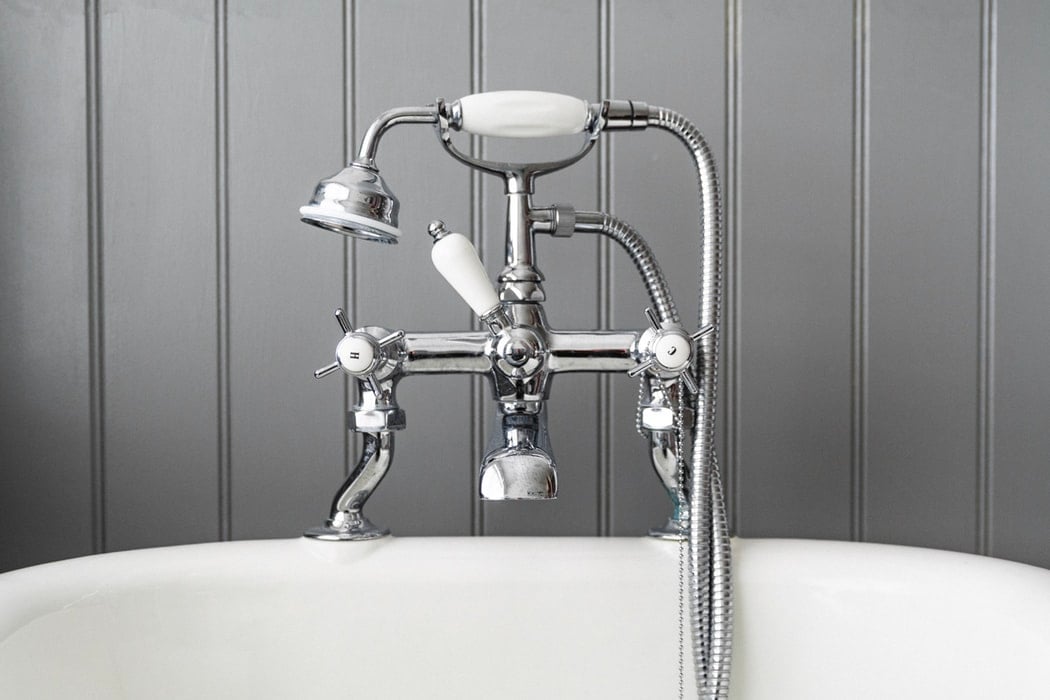Can Air Quality Monitors Detect Mold?

We’ve all seen mold (even if it’s only on the blue cheese we had with lunch), but did you know that you may also be inhaling these tiny organisms?
Molds are a group of fungi often tucked away in warm, humid corners of your home. Despite their stationary appearance, molds have ways of getting airborne and into your lungs. To reproduce, these microscopic fungi release spores into the air. And if the mold dries out, fragments can break off and piggyback on existing dust in your air.
Once these molds enter the air, they can harm both your air quality and your health. Molds can prompt allergic reactions, and some toxic molds can even damage your immune system.
Given the way mold impacts air quality, you may be thinking: wow, wouldn’t it be great if my air quality monitor could tell me about mold in my home? Well, ponder no more, as we are going to discuss the relationship between mold and air quality monitoring in this post. To fully explore this topic, we will have to first consider how air quality monitors measure the air in your home.
How Air Quality Monitors “See” Mold
The type of sensor that’s going to pick up mold is a particle detector (electrochemical sensors and MOS sensors aren’t going to do the job outside of a lab setting).
These sensors work by shining a laser through the air drawn into the monitor. Any particles floating in the air will scatter the light beam, and the sensor then measures both the strength and angle of the beam. An algorithm will then tell you have many particles are in the air sample and their size. (For more information on the types of particle detectors, check out our article here.)
So, why is this important? Mold spores clog up your air, and some spores are similar in size to particulate matter. When the particle detector exposes an air sample to the laser, the mold spores will also diffract the light, and the sensor will count it as particulate matter. In this way, your monitor does pick up mold in the air, as the particle count will be higher.
Limits to Mold Detection
Air quality monitors are amazing devices, giving you the information you need to act and improve your air quality. However, your air quality monitor isn’t infallible, and it has certain technical limitations that reduce the usefulness of mold detection.
Your particle detector measures the number of particles in your air, not what kind they are. It can’t differentiate between the mold spores in your air and other particulate pollutants, so it just counts them all as “particulate matter.” Furthermore, spore size depends on species, so some mold spores may not fall into the simple categories of coarse particles (PM10) or fine particles (PM2.5) and won’t be counted.

Mold in different shapes and sizes; Image via epa.gov
Additionally, mold isn’t just “mold.” Mold is actually a nonscientific term used to refer to a group of fungi, not a specific species. Just as the sensor won’t tell you how many of the particles are mold, so too will a general “mold” count not tell you what kinds of mold are in your air. There’s a massive difference between the health implications of simple mildew and black mold (like stachybotrys chartarum), and you can’t effectively make decisions about the health of you and your loved ones without knowing if you’re dealing with run-of-the-mill allergenic molds or the more serious pathogenic and toxigenic mold species.
How To Check and Prevent Mold Growth
If we are to look on the bright side, unlike PM2.5 which is invisible to the eye, we can sometimes see mold for ourselves. And there are plenty of things we can do on our own to prevent mold growth.
If you can see the mold, it has to go. If the patch is small enough (less than 10 ft², according to the EPA), you should be okay cleaning it up yourself. If the mold growth is larger than this, you should hire a contractor with plenty of experience cleaning up mold.

To avoid the hassle of a professional cleaning, catching mold early is key. Mold can grow anywhere but tends to like warm, damp places like bathrooms or basements. Keeping your home dry and cool helps prevent mold from getting a foothold.
Similarly, you should check susceptible mold growth spots regularly. Promptly cleaning up spills and checking for leaks will keep your home drier and prevent mold growth. Some areas people don’t think of are air conditioning system and air purifiers. Your AC and purifier will blow their mold spores all around your home, so be sure to check for mold often and replace your filters regularly.


Dejar un comentario